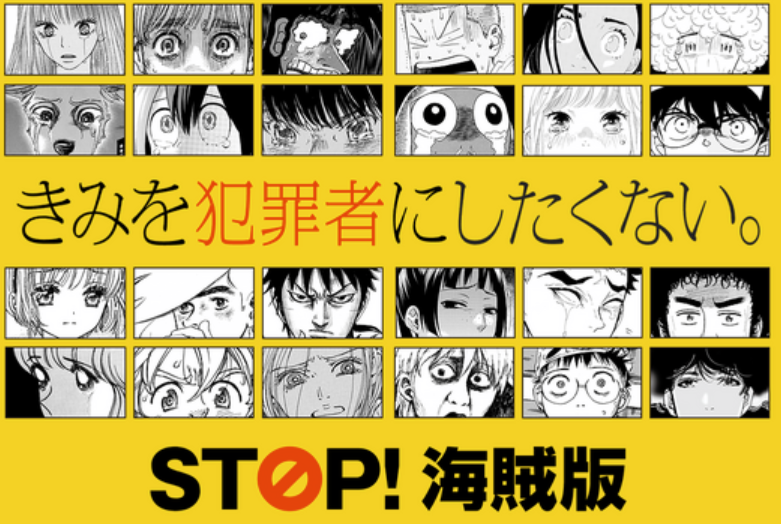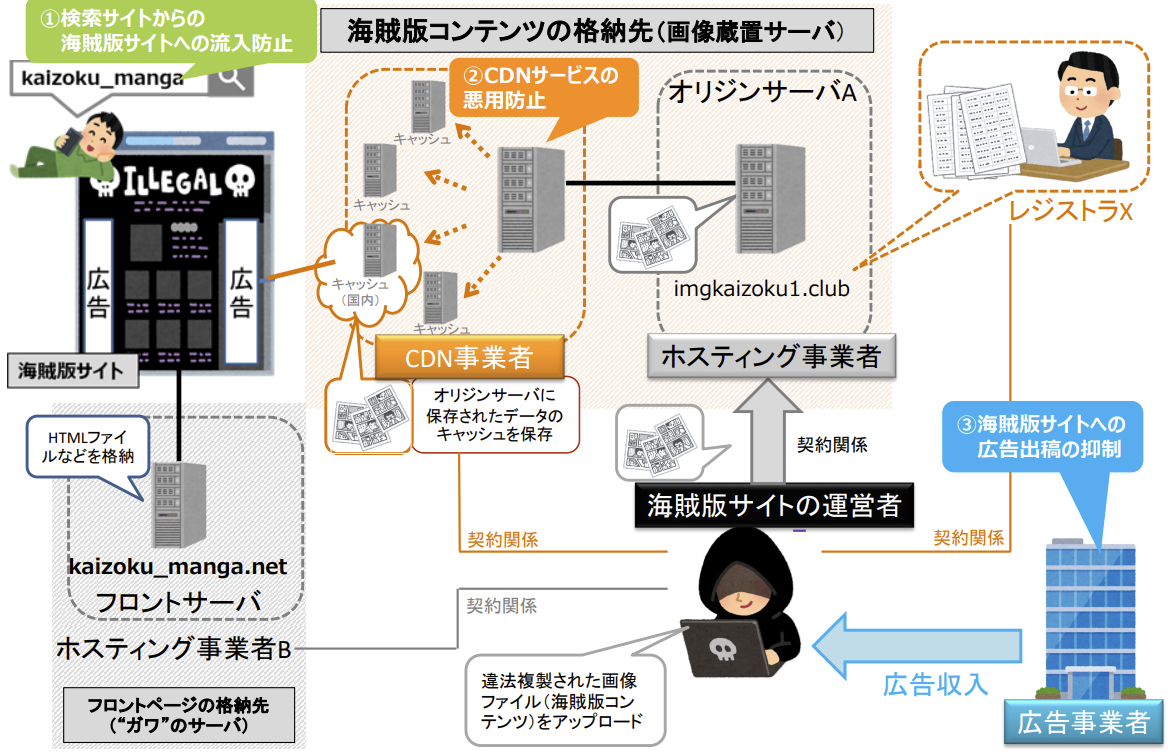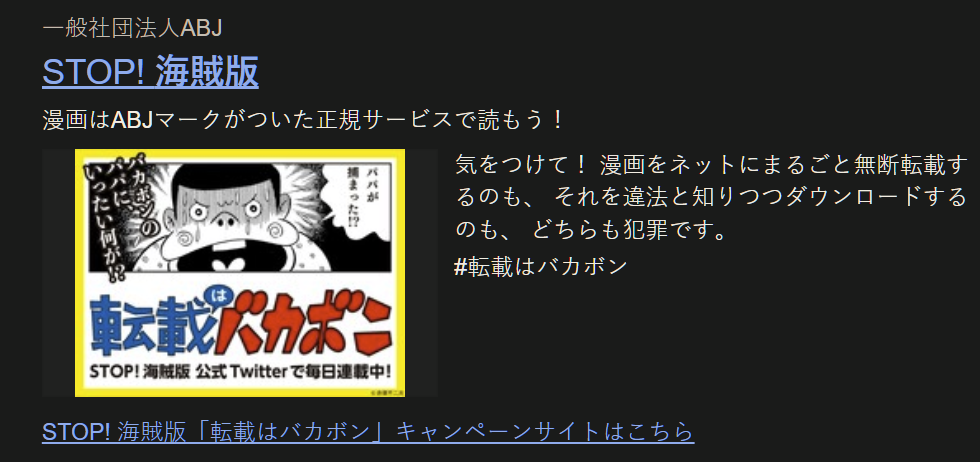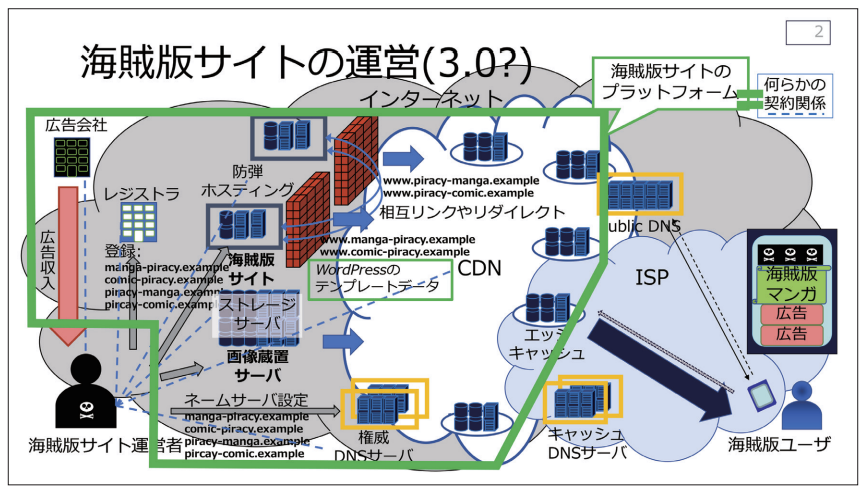-
chevron_right
Vietnam Could Kill Several Major Pirate Sites Worth Billions of Visits
news.movim.eu / TorrentFreak · Thursday, 27 April, 2023 - 19:16 · 4 minutes
 When the United States wanted Sweden to take action against The Pirate Bay, communication through
diplomatic channels
oiled the wheels, led to a raid, and was followed by handshakes all round.
When the United States wanted Sweden to take action against The Pirate Bay, communication through
diplomatic channels
oiled the wheels, led to a raid, and was followed by handshakes all round.
The Pirate Bay famously reappeared online but in that moment, collaboration between U.S. and Swedish authorities was set on a more harmonious course. At the time it was rumored that cooperation had prevented Sweden being placed on the USTR’s Special 301 Report ‘Watch List’ but whatever the truth, that never happened.
The same cannot be said of Vietnam. Five years ago the USTR warned that unless Vietnam took stronger enforcement action, not only would it remain on the Watch List, but online piracy was likely to get worse as broadband penetration increased. The prediction was solid.
Vietnam Stays on the Watch List
In 2018 there had been some promising signs. After the the US Ambassador to Vietnam called on the local government to criminally prosecute the people behind movie streaming sites 123movies, Putlocker and Kisscartoon, 123movies – also known as 123movieshub and GoMovies – suddenly shut down .
A criminal investigation had toppled a site once described by the MPA as “the most popular illegal site in the world.” Once again, enforcement in Vietnam suddenly seemed viable.
When the USTR published its list of ‘notorious markets’ in 2019, Vietnam had other problems on its hands. Local piracy platform Phimmoi.net was pulling in 75 million monthly visits according to the USTR , and a site called FMovies was also making waves, although it wouldn’t be officially associated with Vietnam for some time.
In August 2019, right holders filed a criminal complaint against the operators of Phimmoi.net but a year later local authorities suspended their investigation for “ unknown reasons .” The site reportedly moved domain and went on to become one of the most popular sites in Vietnam.
True Scale of the Problem Emerges
The language barrier and lower levels of transparency hinder proactive reporting on events in Vietnam, but rightsholders in the United States have provided a steady flow of information and the USTR has reported accordingly.
Fmovies, also known as Bmovies and Bflix, are three of the most recognizable pirate streaming brands for good reason. SimilarWeb data indicates that a single domain, fmovies.to, currently receives 92 million visits per month to its archive of mainstream movies and TV shows. One Bflix domain currently manages around 10 million, still significant numbers.
Also believed to be operated out of Vietnam is BestBuyIPTV, a pirate IPTV service boasting 900,000 users and 12,000 resellers. Whether these figures are accurate is up for debate but for a premium service costing 15 euros per month, half the number of users sounds like $81 million in annual revenue. Cut that figure in half for good measure and it’s still hugely significant.
Vietnam May Be The World’s Biggest Piracy Problem
By 2022, the MPA was openly linking Fmovies and its sister sites to Vietnam.
This January, the International Intellectual Property Alliance also linked Fembed to Vietnam, describing the platform as ‘Piracy-as-a-Service.’ Y2Mate, the world’s most popular stream-ripping site, good for at least 120 million visits per month, was also linked to Vietnam. Then even more meat was put on the bones.
“The operator of the notorious streaming piracy network of sites Fmovies has over 60 associated domains, many of which are known pirate brands such as Bmovies, 9anime, Putlocker, and Solarmovies, provides unauthorized access to popular movies and TV series, and is domiciled in Vietnam,” the anti-piracy group wrote .
As soon as 9anime enters the mix, the few hundred million visits per month mentioned thus far risk being overshadowed. We cannot confirm who is behind these domains but the numbers are staggering: 9animetv.to pulls in 197.3 million visits per month, 9anime.to receives over 97 million. In January, 9anime.gs received 95 million visits but in March, ‘just’ 35 million.
There may be some doubling up or crossover traffic when multiple domains are in play but, for reference, 9anime.pl receives more than 37 million visits per month and with ‘just’ 18 million, 9anime.id seems hardly worth mentioning.
And then there’s zoro.to, which some suggest also has links to Vietnam. We’re in no position to confirm that but the traffic it receives is certainly worth recording for posterity; in January 2023 alone the site received over 206 million visits .
USTR Publishes Special 301 Report 2023
The publication of the USTR’s 2023 Special 301 Report this week highlighted recent changes in Vietnamese law.
“[A]mendments to the IP Code entered into force in January 2023, which include categorizing the illegal uploading and streaming of a cinematographic work as a violation of communication rights and clarifying that copying of part of a work will be considered as a reproduction,” the report reads.
Describing IP enforcement as a “serious challenge” the report references the stalled investigation into Phimmoi.net. It further notes that there are “no criminal investigations or prosecutions” in Vietnam, even though criminal law allows for “substantial fines and years of incarceration” for copyright infringement.
“[O]nline piracy, including the use of illicit streaming devices and associated piracy applications to access unauthorized audiovisual content, remains a significant concern,” the report adds.
Yet despite all of the above, Vietnam was not upgraded to the Priority Watch List, despite rightsholder recommendations. The reasons for that could be political or maybe a grain of optimism remains. Perhaps a little bit of both.
Whatever the truth, Vietnam seems to be riding its luck. No country in the history of online piracy has ever had so much power, refused to use it, and then reaped the benefits longer-term. A turnaround may still be possible but unlike the pirated movies, TV shows, anime and manga currently flooding the internet, patience isn’t always in unlimited supply.
The 2023 Special 301 Report can be found here ( pdf )
From: TF , for the latest news on copyright battles, piracy and more.










